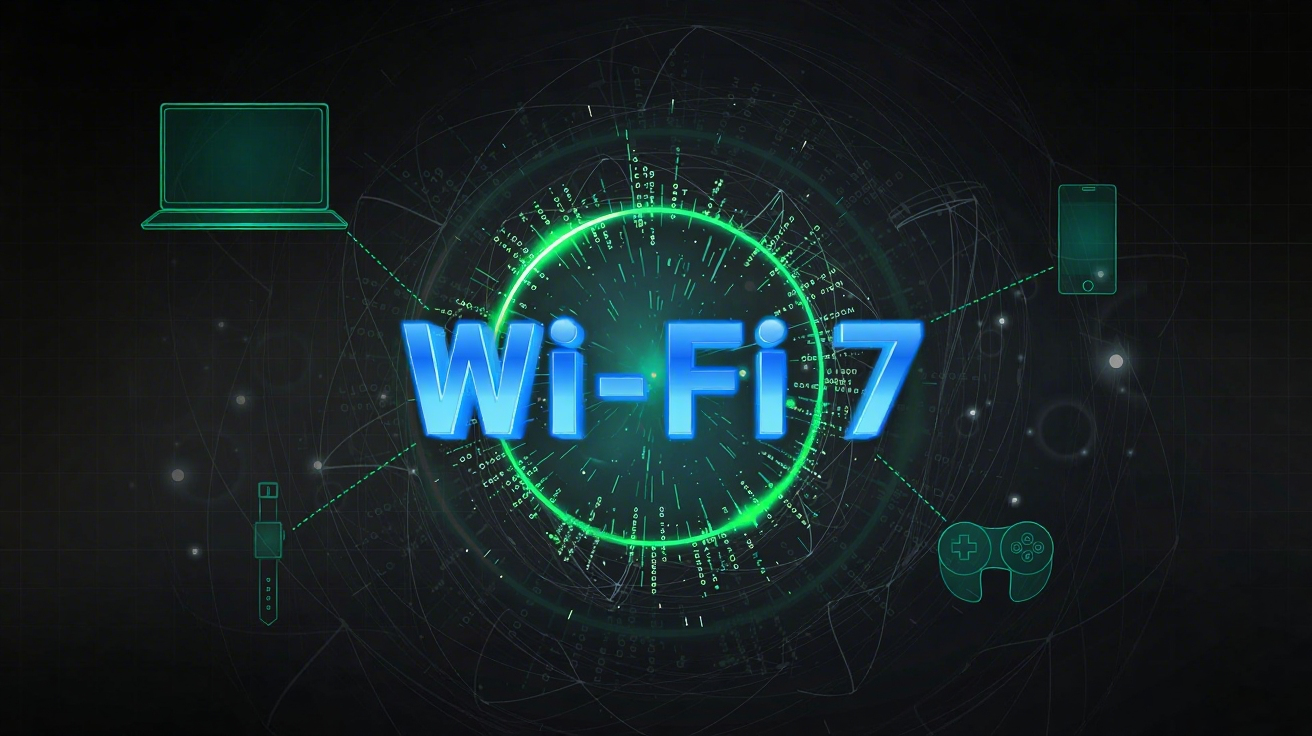D301, Building D, No. 54-6, Guanlan Avenue, Xinhe Community, Fucheng Street, Longhua District, Shenzhen ,China
2X Device Capacity
With 16 MU-MIMO streams, it can support 2x more devices simultaneously compared to Wi-Fi 6’s 8 streams
4.8X Faster Speeds
Achieve speeds up to 46 Gbps, which is 4.8 times faster than Wi-Fi 6
2X Wider Bandwidth
320 MHz channels double the bandwidth of Wi-Fi 6’s 160 MHz for faster, more stable connections
5X Lower Latency
Wi-Fi 7 reduces latency from Wi-Fi 6's 20-30 ms to just 1-5 ms, transforming performance for cloud gaming, AR/VR, and IoT
320 MHz Channel Bandwidth
Wi-Fi 7 doubles the maximum channel bandwidth to 320 MHz, allowing significantly higher data transfer rates and accommodating more devices without congestion. This advancement is particularly useful in high-density environments like smart homes and offices.
Multi-Link Operation (MLO)
MLO enables devices to use multiple frequency bands (2.4 GHz, 5 GHz, and 6 GHz) simultaneously or switch dynamically between them based on network conditions. This results in better reliability, reduced latency, and consistent performance for demanding applications like AR/VR and real-time gaming.
4K QAM (Quadrature Amplitude Modulation)
Wi-Fi 7 introduces 4096-QAM (4K QAM), increasing data encoding density. This improvement boosts throughput while maintaining robust signal integrity, making it ideal for ultra-high-definition streaming and large data transfers.
4K QAM (Quadrature Amplitude Modulation)
Wi-Fi 7 introduces 4096-QAM (4K QAM), increasing data encoding density. This improvement boosts throughput while maintaining robust signal integrity, making it ideal for ultra-high-definition streaming and large data transfers.
Preamble Puncturing
With Preamble Puncturing, the system can block out interference and use more available channels, significantly boosting speed and efficiency, even in crowded environments like busy cafes, packed airports, or homes with multiple devices.















